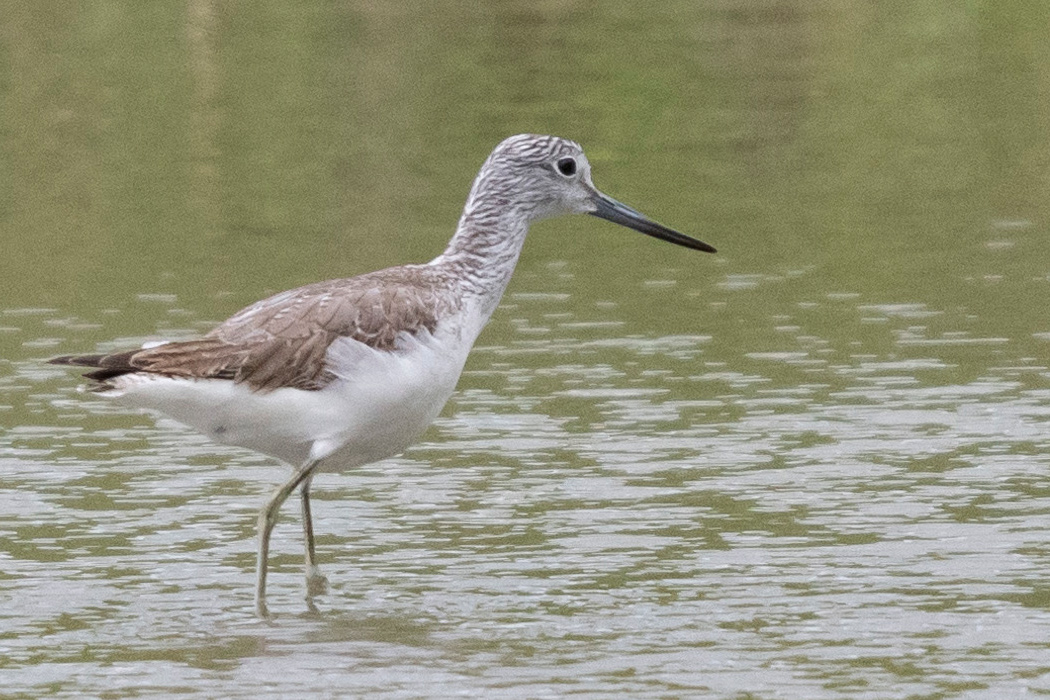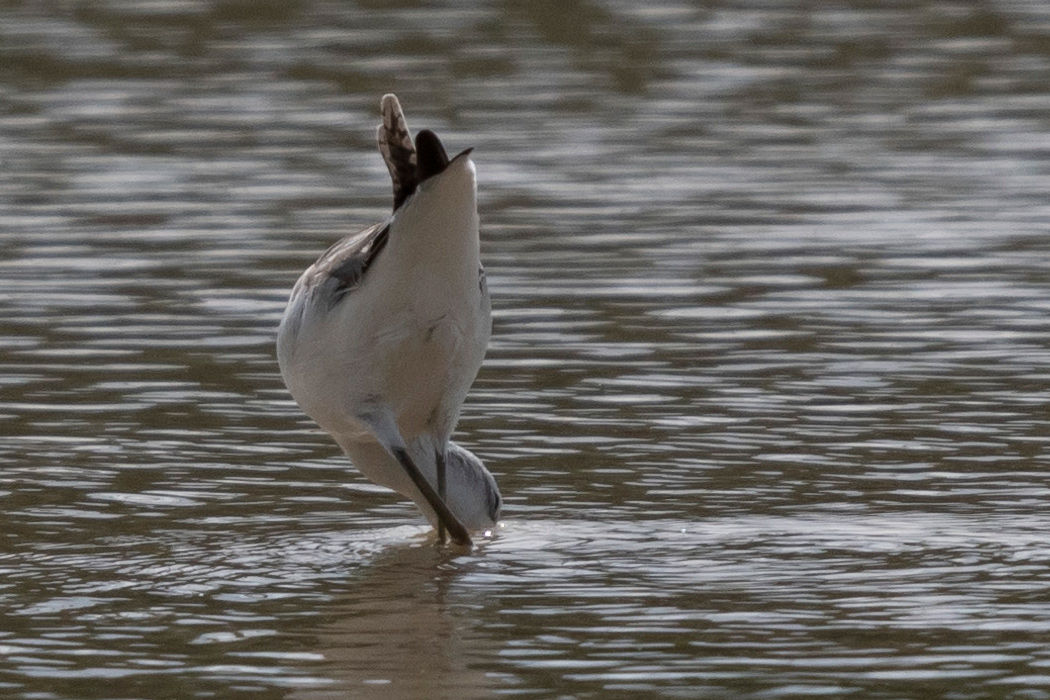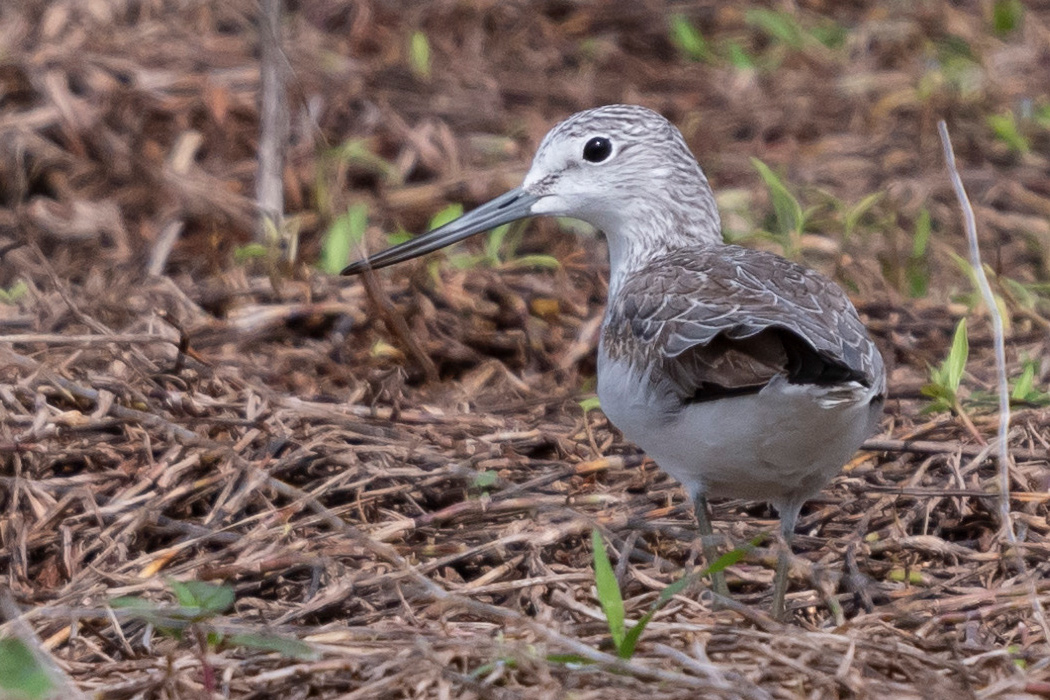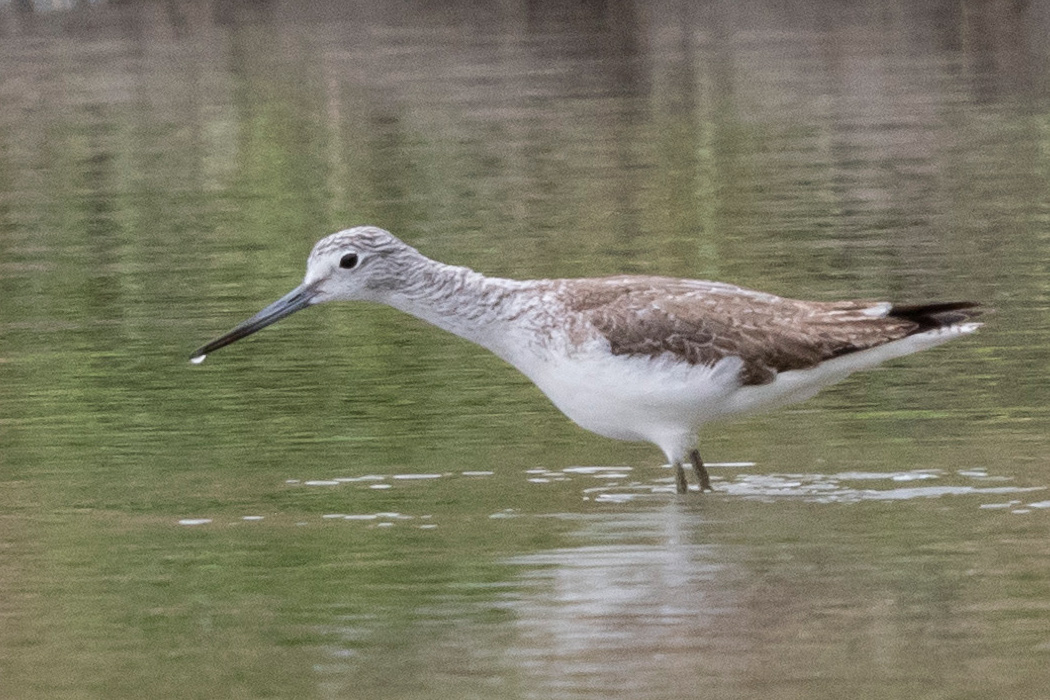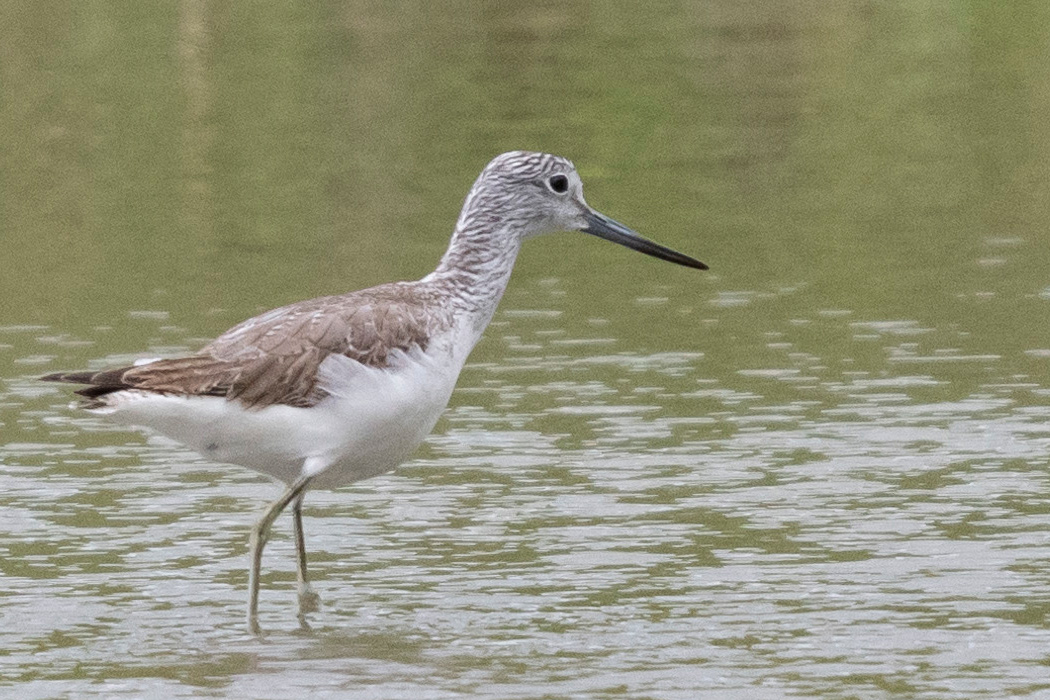
Greenshank
Feet not so blue as blue.
| Scientific name | Tringa nebularia |
| English name | Greenshank |
| Japanese name | 青脚鷸 |
| Classification | Aves |
| Classification details | Charadriiformes Scolopacidae |
| Full length | 33cm |
| Distribution | It migrates from northern Eurasia. |
Characteristics
A sandpiper with bluish legs. It's not actually blue, it feels like a grayish blue-green. Also, juvenile birds have very yellow legs, so it is not possible to judge by color alone.
The whole body is characterized by its croissant-shaped body, long legs and beak, and is shaped like a sandpiper. The belly is white and the wings are brown with longitudinal mottling. A gray stripe runs from the neck to the top of the head.
Distinguishing between Greenshanks and Roughshanks
The redshank is very similar to the common redshank. With both of them, you can compare the size, but when you're alone, you have a hard time.
The distinguishing point is the bill. The bill of the Greenshank is slightly curved, while the bill of the Rhododendron is not curved and is a little short. Also, the base of the beak of the Greenshank is more gray than black.
Blueshank Calling
When it takes off, it calls "Pew pew pew" three times in a row in a high voice.
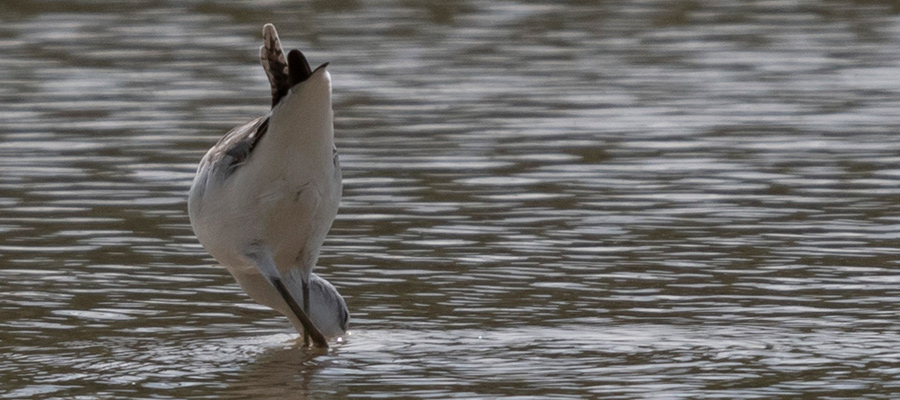
Ecology
They fly to tidal flats and paddy fields as migratory birds. In shallow water, they eat insects, crustaceans, lugworms, and other creatures, as well as small fish. It is sometimes found with other sandpipers, such as the Greater Redshank and the Redshank.
Habitat
Paddy fields in winter
I photographed a single bird searching for food in a shallow paddy field. They foraged at depths where their heads would not be completely submerged when their beaks were submerged. Not only in the water, but also in the footpaths.
Mixed with the Greater Sandpiper
In another rice field, it was mixed with a redshank. The difference in size was obvious when they were lined up side by side.
Pictures
Introducing a picture of Greenshank.
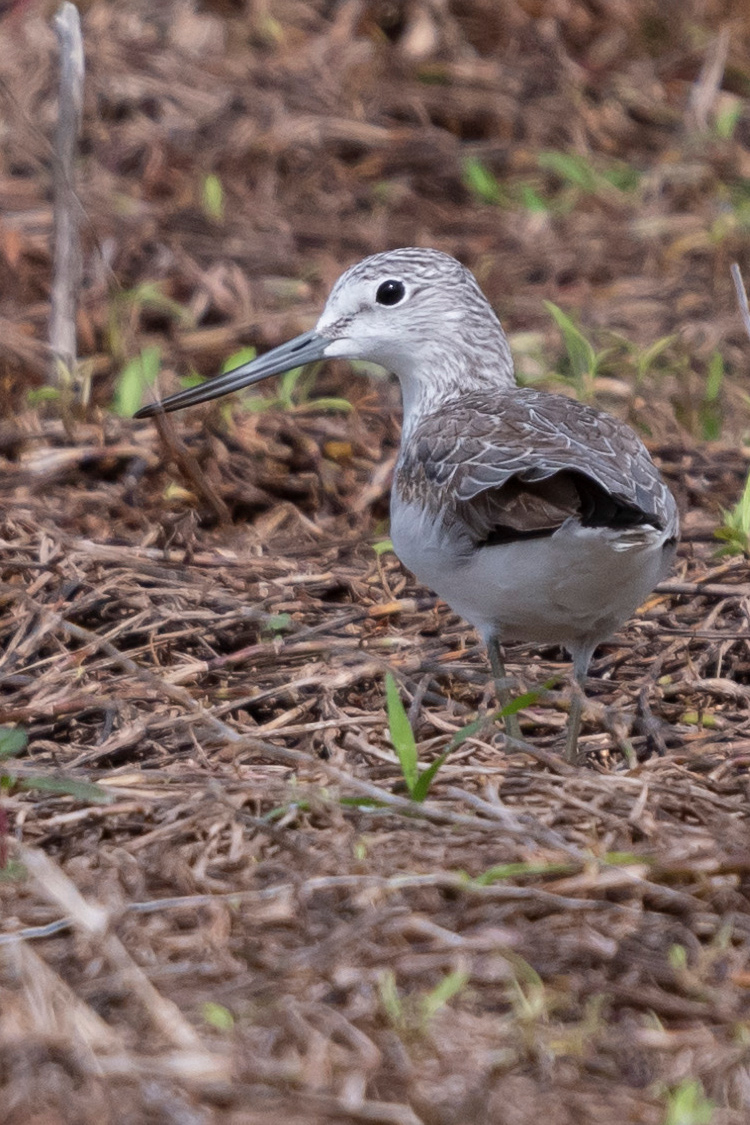
Picture book

Peregrine Falcon
Swoop to catch prey.......ead more.

Eurasian Coot
White forehead and red iris.......ead more.
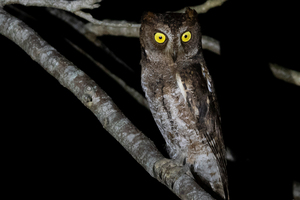
Ryukyu scops owl
Insect-eaten patterns blending in with the trees.......ead more.

Japanese black porgy
Also known as "Chinu" in fishing, it is popular.......ead more.

Two-lined monocle bream
Two lines running above the eye.......ead more.
